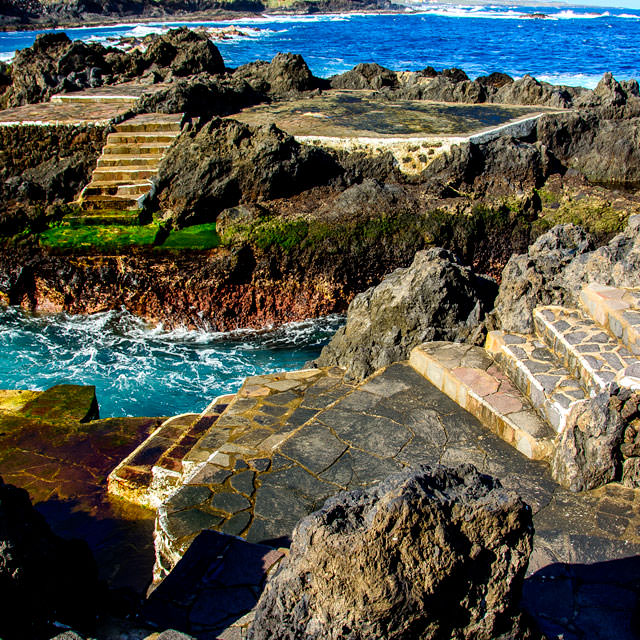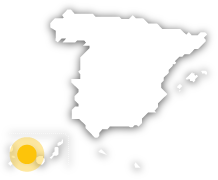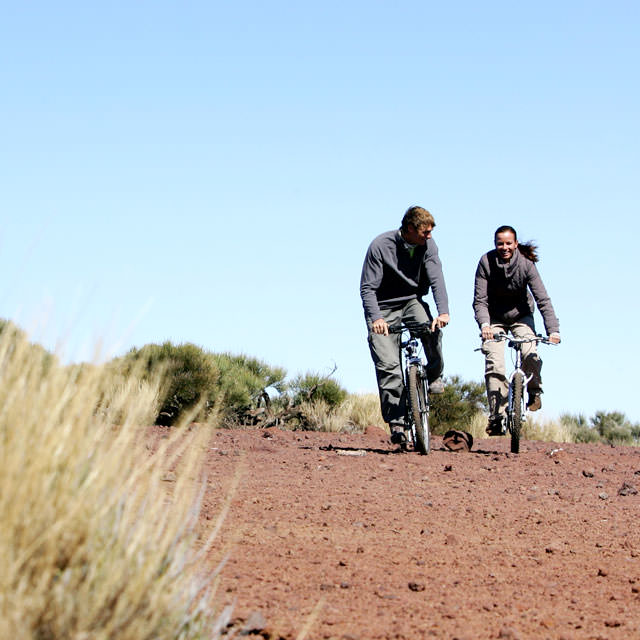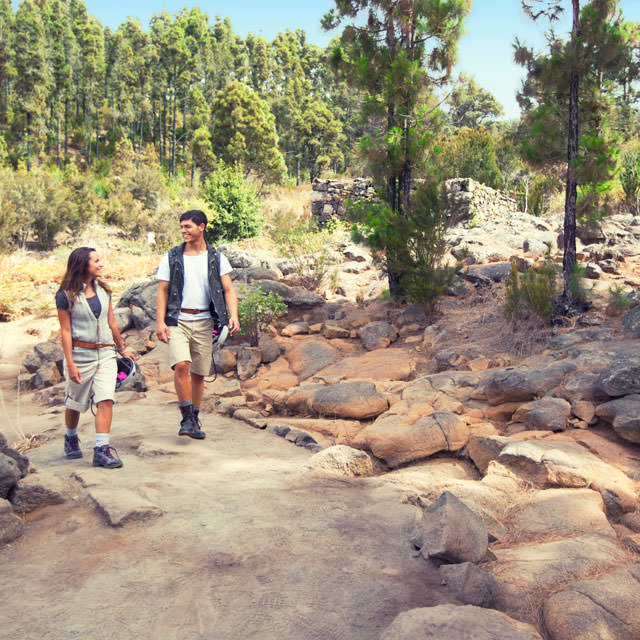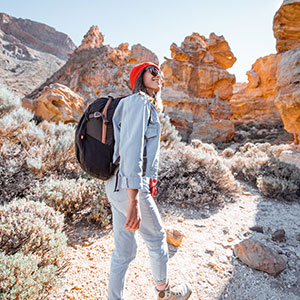Territory of the Ancient Massif
This area between Garachico and Puerto de Santiago is known as “the island within the island”. An ideal landscape for imagining how it all began. Volcanic eruptions created impressive cliffs like the ones at Teno. We recommend visiting the Emigrante viewpoint (Garachico), Ballena viewpoint (Los Silos), Los Pedregales visitor centre (Teno Rural Park) or the Archipenque viewpoint (Los Gigantes).
Territory of the Great Landslides
Bounded by the valleys of La Orotava and Güímar, it is located between Puerto de la Cruz and Puertito de Güímar. The route includes viewpoints like Humboldt (La Orotava), Valle (Teide National Park) and Crucita (Corona Forestal), and can be combined with a tour of local wineries. This reward does mean trying the somewhat sulphurous flavours typical of the Canary Islands.
